Sailing The Harbor Saturday 1/5/2013 (Page Two)
Battle Sail Gets Underway

Be careful
Did You Know? - Magazine is the name for an item or place within which ammunition is stored. It is taken from the Arabic word "makahazin" meaning "warehouse".

Boom
Did You Know? - Since ancient times, war at sea had been fought much like on land: with melee weapons and bows and arrows, but on floating wooden platforms rather than battlefields. Though the introduction of guns was a significant change, it only slowly changed the dynamics of ship-to-ship combat. The first guns on ships were small wrought-iron pieces mounted on the open decks and in the fighting tops, often requiring only one or two men to handle them.
They were designed to injure, kill or simply stun, shock and frighten the enemy prior to boarding. As guns were made more durable to withstand stronger gunpowder charges, they increased their potential to inflict critical damage to the vessel rather than just their crews. Since these guns were much heavier than the earlier anti-personnel weapons, they had to be placed lower in the ships, and fire from gunports, to avoid ships becoming unstable.
In Northern Europe the technique of building ships with clinker planking made it difficult to cut ports in the hull; clinker-built (or clench-built) ships had much of their structural strength in the outer hull. The solution was the gradual adoption of carvel-built ships that relied on an internal skeleton structure to bear the weight of the ship
The development of propulsion during the 15th century from single-masted, square-rigged cogs to three-masted carracks with a mix of square and lateen sails made ships nimbler and easier to manoeuvre.

The Lady is making a pass at us...

"Fire in the hole"... Plug your ears...

The ghost ship

"Sink the little buggers"
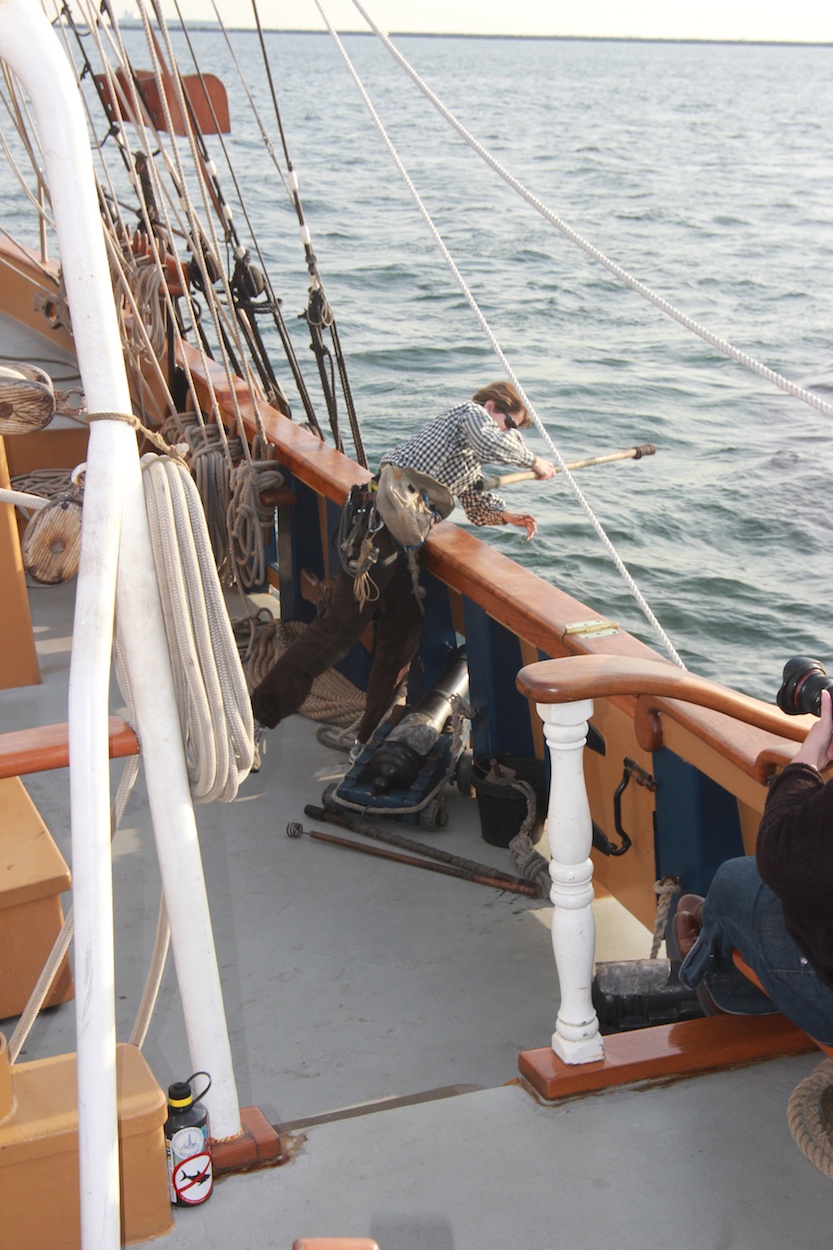
Loading the canon is now a lady's job
Did You Know? - In general, the sequence of loading is to put in:
1. Gunpowder, by pouring in loose powder, inserting a pre-measured bag or paper packet of gunpowder (called a cartridge) or by inserting (the less desirable) solid propellant pellets. The gunpowder used is typically black powder or blackpowder substitutes like Pyrodex.
2. Wadding, made from felt, cloth or card. In shotguns, this is placed in when the ball becomes difficult to press into the barrel (in small arms). In rifles firing round ball, a lubricated patch of fabric is wrapped around the base of the ball which grips the rifling and imparts spin to the ball. In Minié rifles, no patch is used as the projectile has a base which expands to grip the rifling.
On most naval cannons, the wadding at the end of the barrel not only served the purpose of creating a better seal around the shot, but to also act as a plug, to stop the shot rolling out due to the swaying of the ship.
The projectile, most typically a solid lead ball, loose shot, a Minié ball or a jacketed modern bullet in a plastic sabot.

She was quite good at her job
Did You Know? - When aiming for great accuracy, muzzle-loaders are usually cleaned ("swabbed") before reloading, so that there is no residue left in the barrel to reduce accuracy, though in competitions run by the international governing body, the MLAIC, this is prohibited for military rifle and musket events. However, in small arms muzzleloading rifles, swabbing is only done after every 5-10 shots.
If cleaned after every shot, the barrel will not break in for hundreds of shots. Large caliber muzzle-loaders such as cannons are always swabbed between shots to prevent accidents caused by live sparks igniting the fresh charge of powder as it is being loaded.
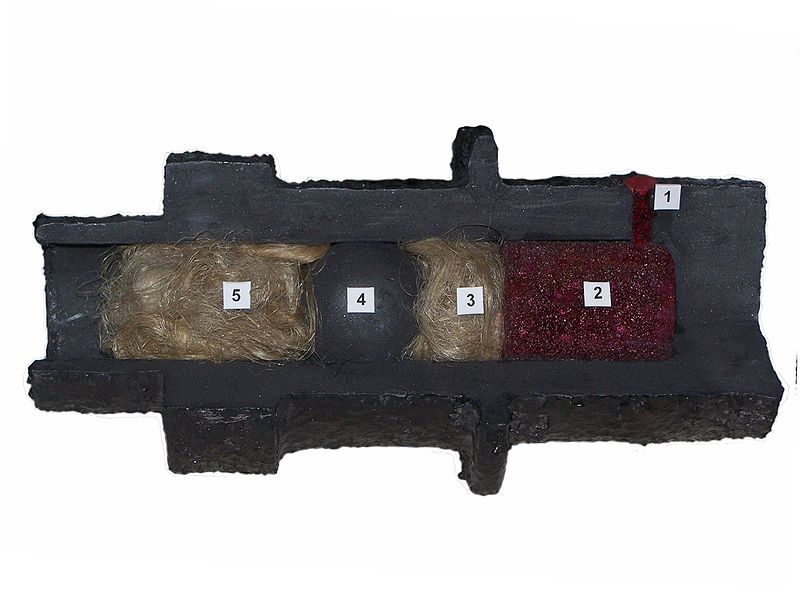
Loaded Muzzleloader. (1) Priming charge (2) Main propellant charge (3) Wadding (4) Projectile (5) Wadding

Coming into our sights

"Ol Smoky' in action

Ropes tie it down just in case

"I think I will cover my ears"

She is in our sites again

Reset the sails to maximize the speed
Did You Know? - No glovers? Gloves can get caught in between the pieces of a rope and do severe damage to the wearer.

?If we can't sink her with canon fire.. We will ram her!
"
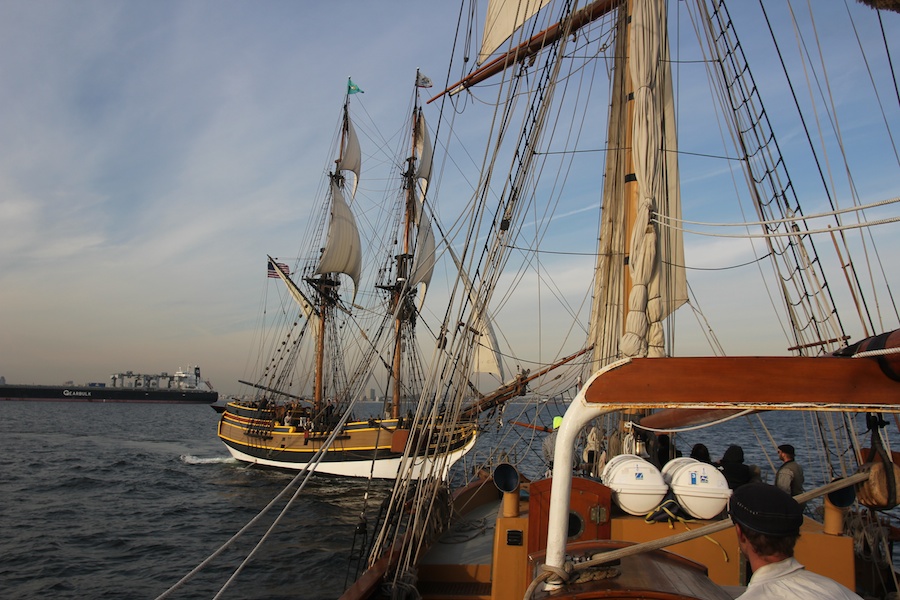
Oh oh... Engines come on and ships put into reverse....

We are clear now....

Mommy Robin is feeling the cold


"It's OK Dad... I will protect you from the pirates"

"Hey! Don't laugh... It works

Always a goofball somewhere?

Bam.... They missed....
Did You Know? - Gunpowder, also known since the late 19th century as black powder, was the first chemical explosive and the only one known until the mid-1800s. It is a mixture of sulfur, charcoal, and potassium nitrate (saltpetre)—with the sulfur and charcoal acting as fuels, while the saltpeter works as an oxidizer.[3] Because of its burning properties and the amount of heat and gas volume that it generates, gunpowder has been widely used as a propellant in firearms and as a pyrotechnic composition in fireworks.
Gunpowder was, according to prevailing academic consensus, discovered in the 9th century in China, attributed to Chinese alchemists searching for an elixir of immortality. This discovery led to the invention of fireworks and the earliest gunpowder weapons in China.
In the centuries following the Chinese discovery, gunpowder weapons began appearing in the Arab world, Europe, and India. The consensus is that this was spread from China, through the Middle East, and then into Europe.

They are sneaking by us...

Lying in wait
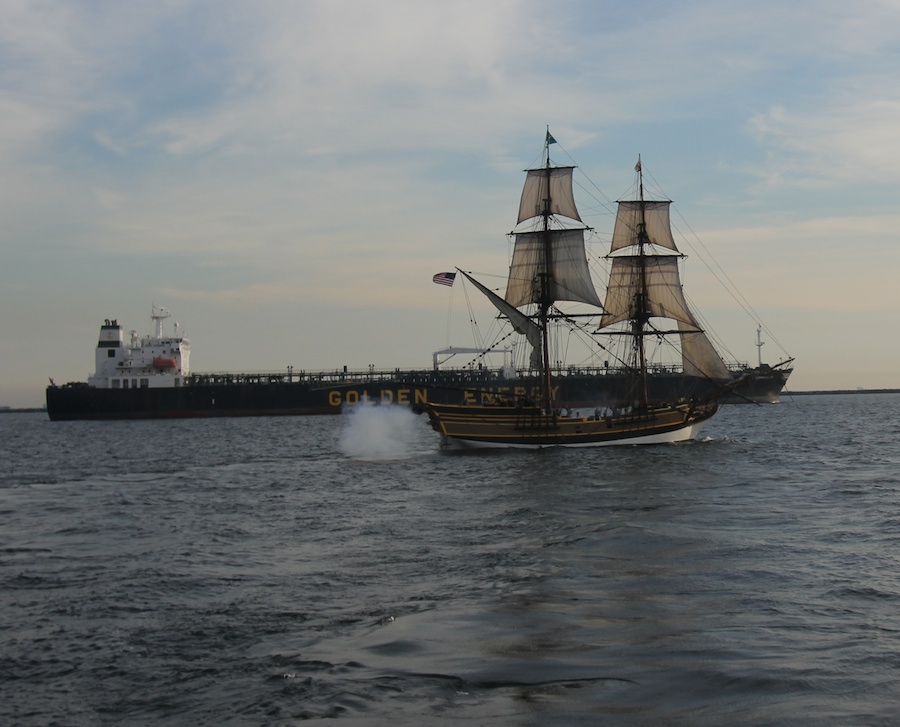
Trying to sink the Golden Energy

"I want to be a ship captain"

Checkout the life boat

From http://www.shipspotting.com

Brian thought this was the outdoor urinal and collection device..... We were worried

Bam... another shot at the Lady

She is about to set off the canon

"I am frozen"

"Don't laugh... My nose was cold!!"

They did not give up!
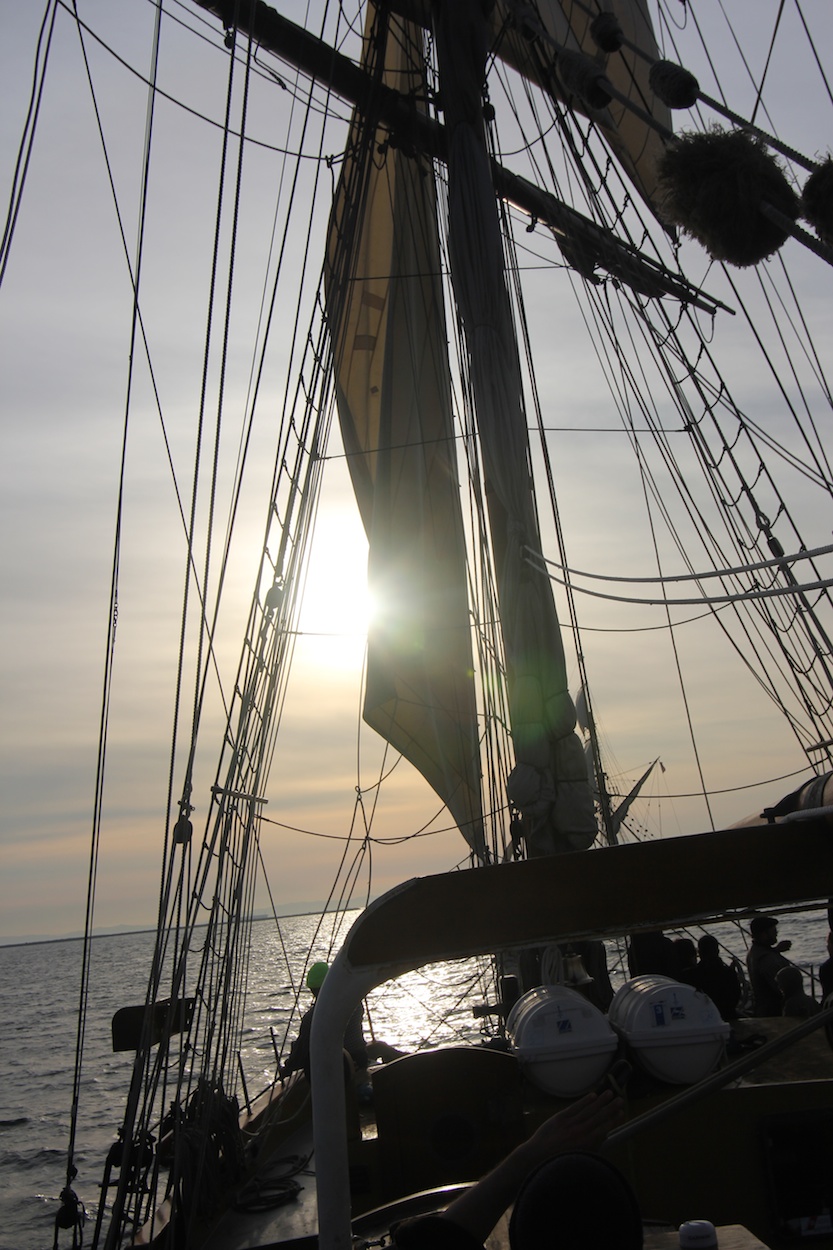
The sun was going down... So was the temperature
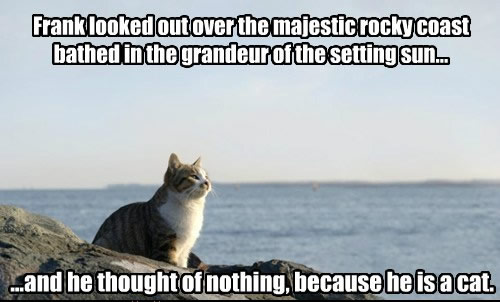
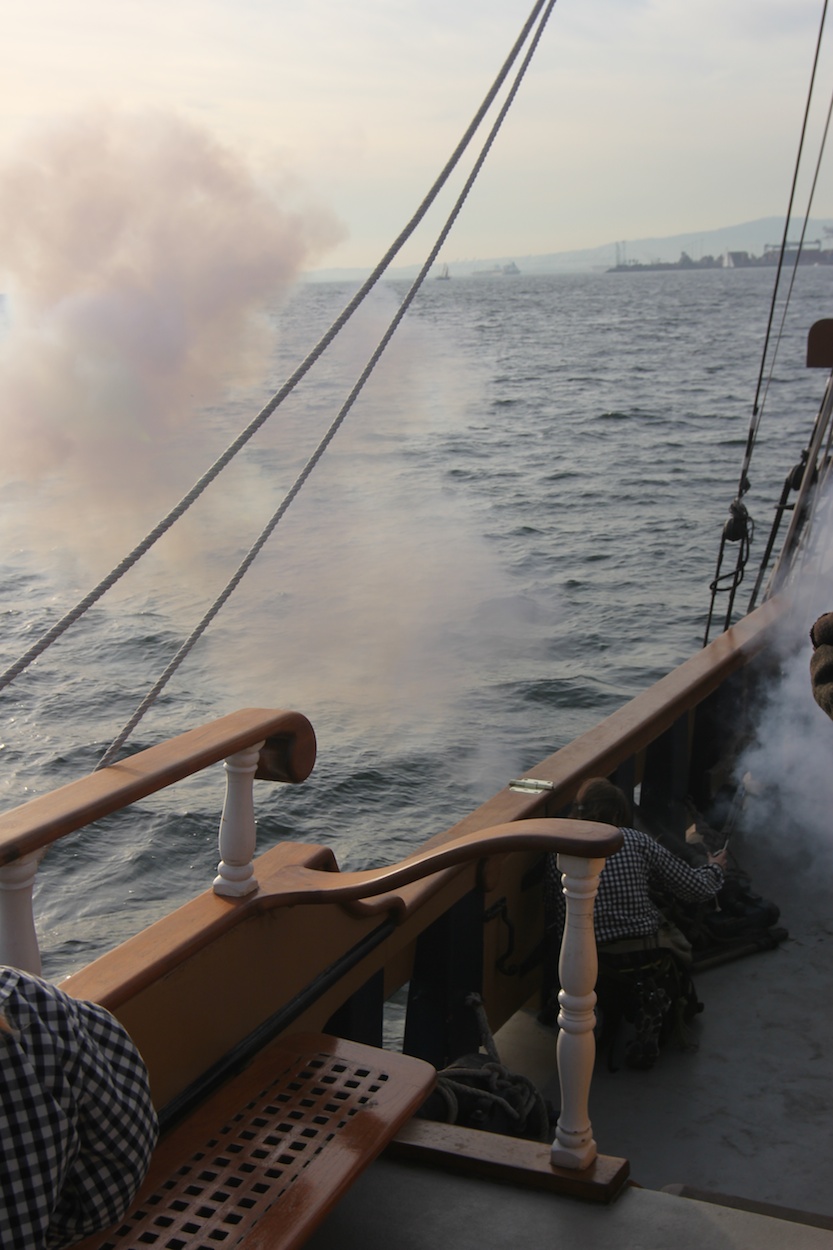
One last shot did them in!!

"Hey... We did it... They are sinking"

One more try...
The Battle Is Finished And We Won! Time Go Get Thawed Out

Bundled up and coming in

Nick wanted to know what the islands were all about
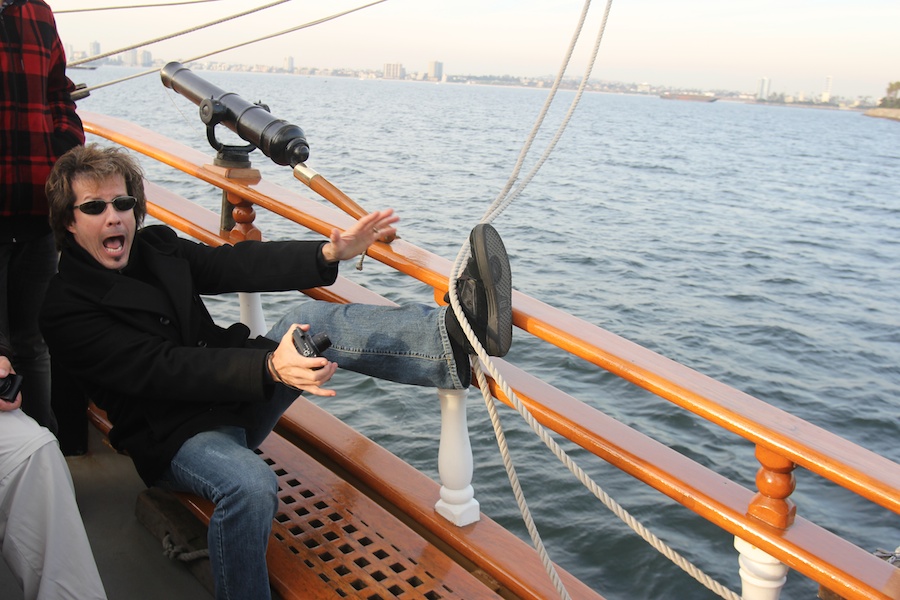
Bob got caught in the lines

Red sails in the sunset
Did You Know? - Published in 1935, its music was written by Hugh Williams (pseudonym for Will Grosz) with lyrics by prolific songwriter Jimmy Kennedy. The song was inspired by the "red sails" of Kitty of Coleraine, a yacht Kennedy often saw off the northern coast of Ireland and by his adopted town Portstewart, a seaside resort in County Londonderry.

Gloves on... Noses freezing
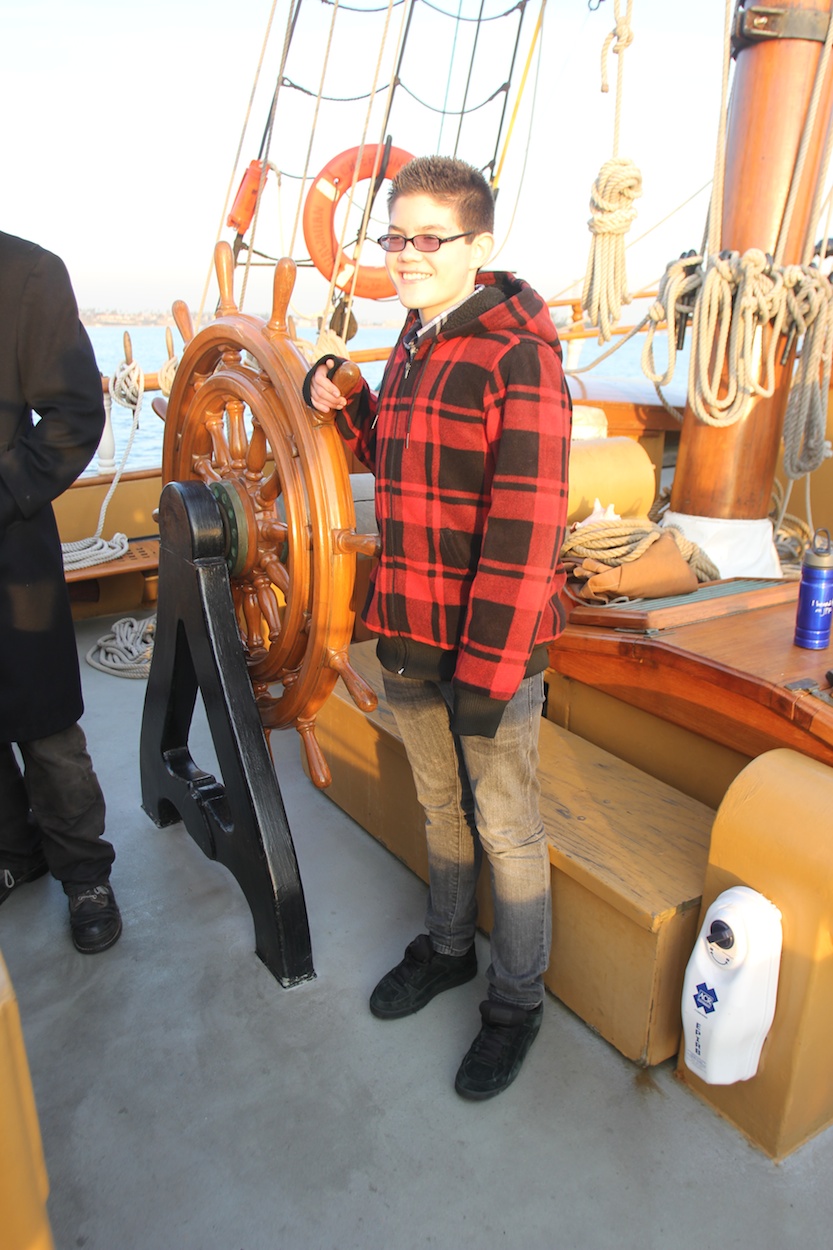
Captain Nick... at your service

"Abandon ship... I'm off to Hawaii"

Ships passing in the night
Quotation To Remember: Ships that pass in the night, and speak each other in passing, only a signal shown, and a distant voice in the darkness; So on the ocean of life, we pass and speak one another, only a look and a voice, then darkness again and a silence.
-
Henry Wadsworth Longfellow
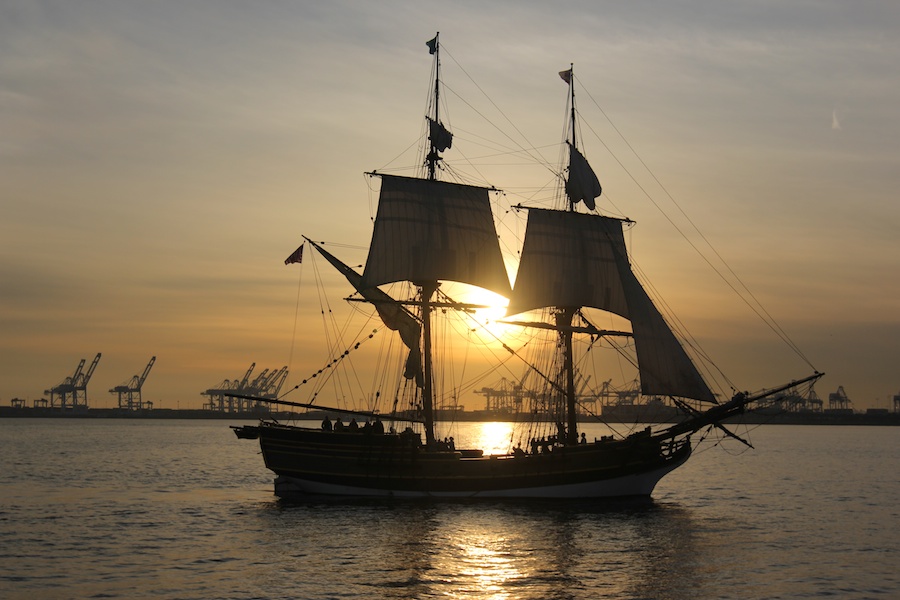

"This is great!!"

"I can hardly wait to get ashore and get a cold glass of iced tea!!"

He is sleeping now

The sun sets.... It goes into the dome until tomorrow
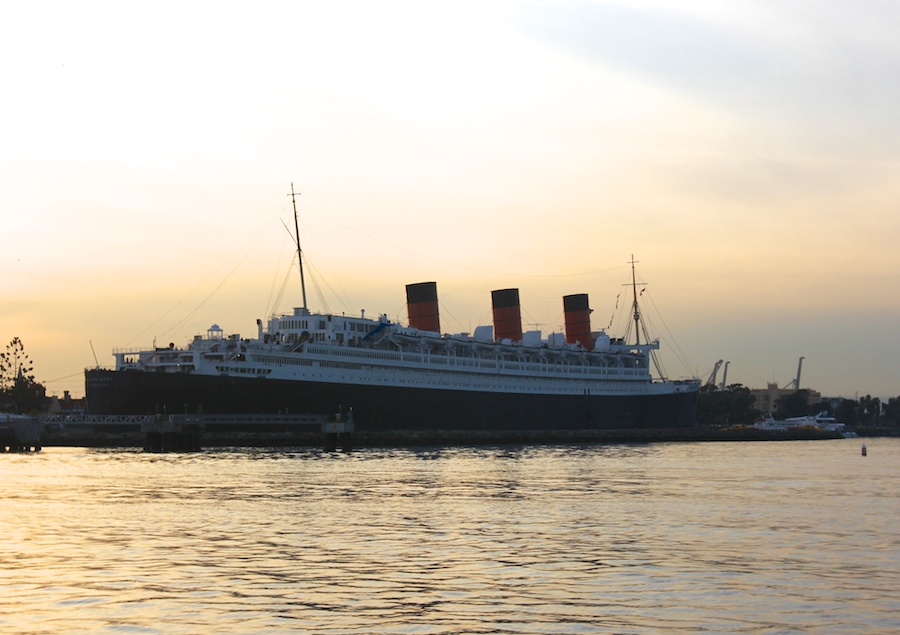
The Queen waited for us

The Captain steers us right into port

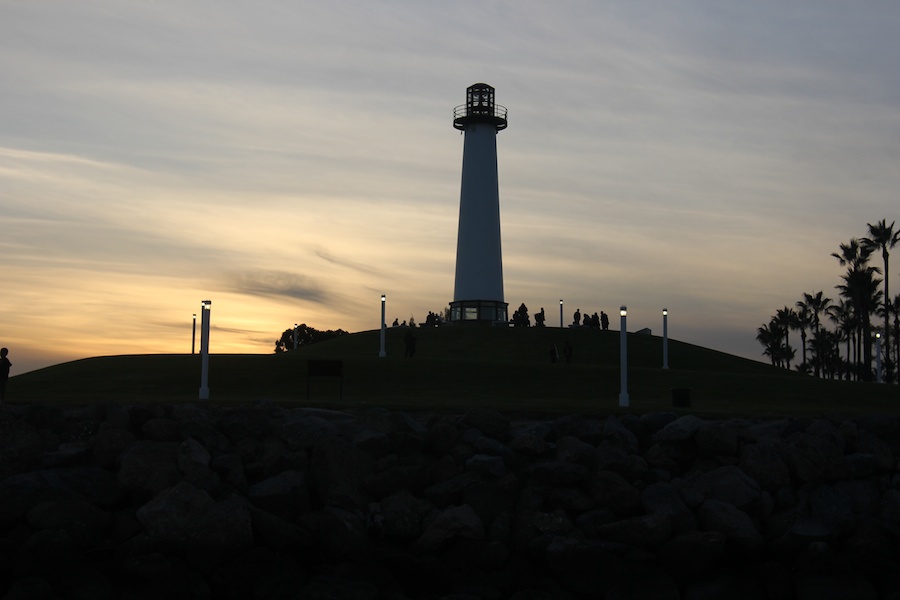

Ah ha... Land ho

Until tomorrow....

"Hey... Where is dinner???"

We got a singing goodbye.....

See you next year
Gladstones For A Drink And Appetizer
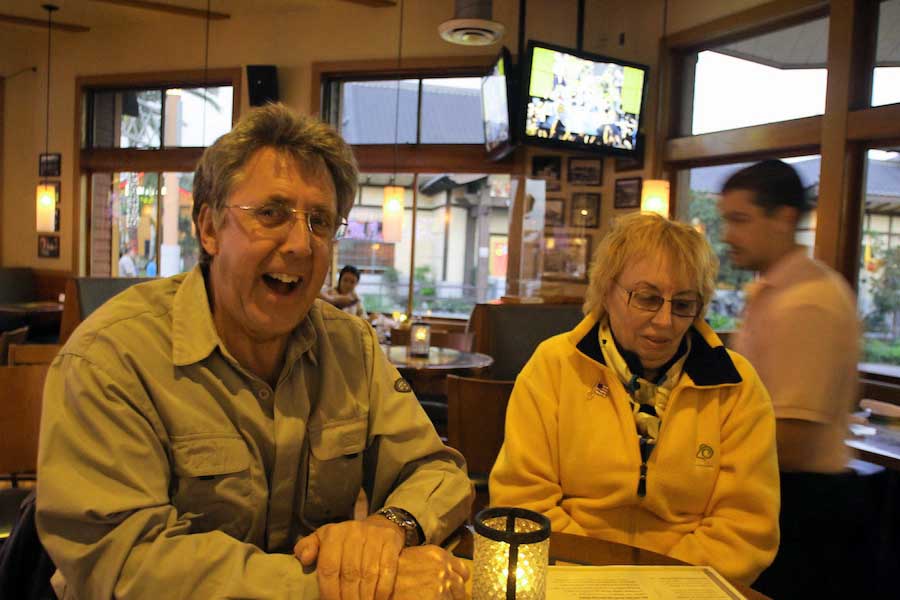




Another great day at sea

Sailing into the sunset